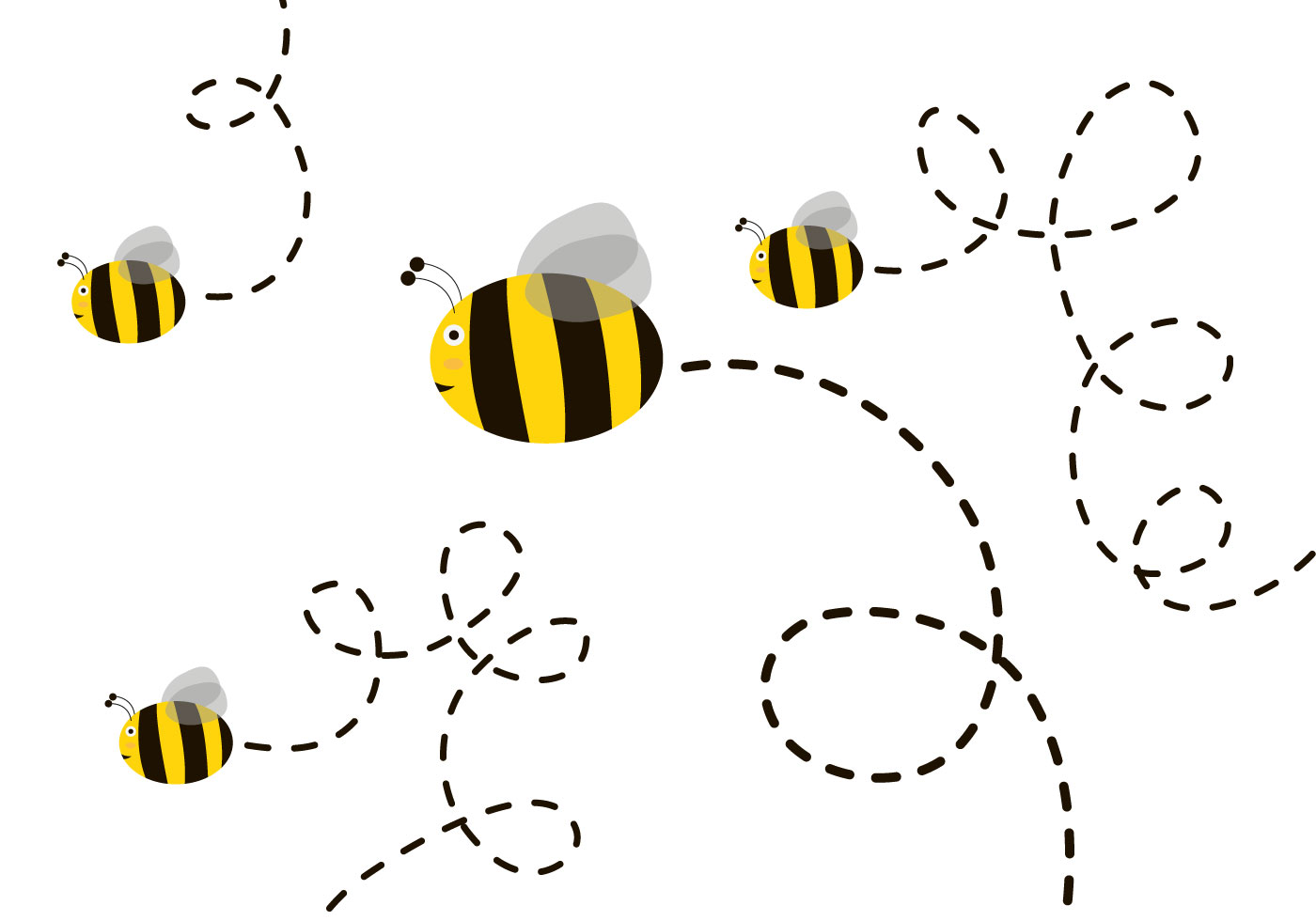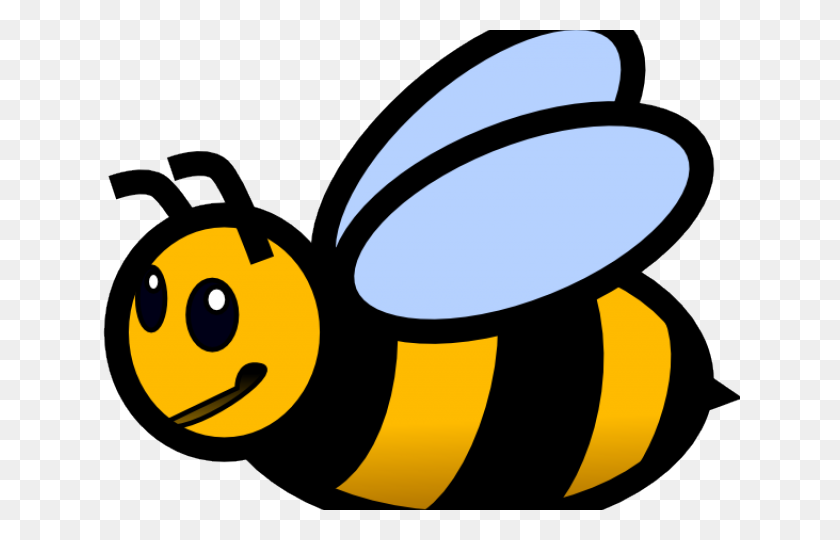

The supercontinent is thought to have been a largely xeric environment at this time modern bee diversity hotspots are also in xeric and seasonal temperate environments, suggesting strong niche conservatism among bees ever since their origins. This same evolutionary scenario may have occurred within the vespoid wasps, where the pollen wasps evolved from predatory ancestors.īased on phylogenetic analysis, bees are thought to have originated during the Early Cretaceous (about 124 million years ago) on the supercontinent of West Gondwana, just prior to its breakup into South America and Africa. The switch from insect prey to pollen may have resulted from the consumption of prey insects which were flower visitors and were partially covered with pollen when they were fed to the wasp larvae.

The immediate ancestors of bees were stinging wasps in the family Crabronidae, which were predators of other insects. In Mesoamerica, the Mayans have practiced large-scale intensive meliponiculture since pre-Columbian times. Bees have appeared in mythology and folklore, through all phases of art and literature from ancient times to the present day, although primarily focused in the Northern Hemisphere where beekeeping is far more common. Human beekeeping or apiculture (meliponiculture for stingless bees) has been practised for millennia, since at least the times of Ancient Egypt and Ancient Greece. The analysis of 353 wild bee and hoverfly species across Britain from 1980 to 2013 found the insects have been lost from a quarter of the places they inhabited in 1980. Vertebrate predators of bees include primates and birds such as bee-eaters insect predators include beewolves and dragonflies.īee pollination is important both ecologically and commercially, and the decline in wild bees has increased the value of pollination by commercially managed hives of honey bees. Most pollen is used as food for their larvae. Bees range in size from tiny stingless bee species, whose workers are less than 2 millimetres (0.08 in) long, to Megachile pluto, the largest species of leafcutter bee, whose females can attain a length of 39 millimetres (1.54 in).īees feed on nectar and pollen, the former primarily as an energy source and the latter primarily for protein and other nutrients. The most common bees in the Northern Hemisphere are the Halictidae, or sweat bees, but they are small and often mistaken for wasps or flies. Some species – including honey bees, bumblebees, and stingless bees – live socially in colonies while most species (>90%) – including mason bees, carpenter bees, leafcutter bees, and sweat bees – are solitary.īees are found on every continent except Antarctica, in every habitat on the planet that contains insect-pollinated flowering plants. There are over 20,000 known species of bees in seven recognized biological families. They are currently considered a clade, called Anthophila.

Bees are a monophyletic lineage within the superfamily Apoidea. Bees are winged insects closely related to wasps and ants, known for their roles in pollination and, in the case of the best-known bee species, the western honey bee, for producing honey.


 0 kommentar(er)
0 kommentar(er)
